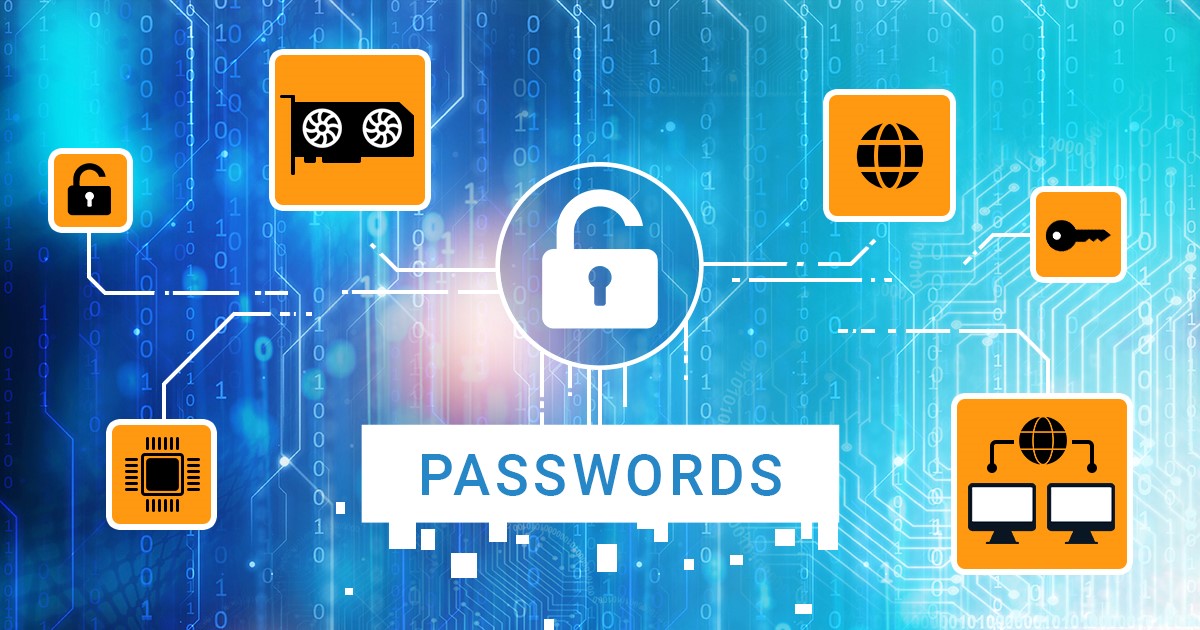A while ago, we introduced an innovative mechanism that enabled access to parts of the file system for latest-generation Apple devices. The process we called “partial extraction” relied on a weak exploit that, at the time, did not allow a full sandbox escape. We’ve been working to improve the process, slowly lifting the “partial” tag from iOS 15 devices. Today, we are introducing a new, enhanced low-level extraction mechanism that enables full file system extraction for the iOS 16 through 16.3.1 on all devices based on Apple A12 Bionic and newer chips.
Last month, we introduced a new low-level mechanism, which enabled access to parts of the file system from many Apple devices. The partial extraction process relies on a weak exploit that did not allow full sandbox escape. Today, the limitations are gone, and we are proud to offer the full file system extraction and keychain decryption for the entire iOS 15 range up to and including iOS/iPadOS 15.7.2.
Elcomsoft iOS Forensic Toolkit 8.20 for Mac and 7.80 for Windows now includes a new mechanism for low-level access, which enables the extraction of certain parts of the file system from the latest Apple devices. This partial extraction raises questions regarding what data can and cannot be extracted and how missing information can be accessed. Learn about the partial file system extraction, its benefits and limitations.
Agent-based low-level extraction of Apple mobile devices requires sideloading an app onto the device, which is currently far from seamless. One can only run sideloaded apps if they are signed with a device-specific digital signature, which must be validated by an Apple server. Establishing a connection to the server carries a number of potential risks. In this article, we are proposing a solution that reduces the risks by using a firewall script.
Discover the benefits of agent-based data extraction from iOS devices. Learn about the purpose and development of the extraction agent, when it can be used, and best practices. Get a comprehensive understanding of the cutting-edge approach for iOS data extraction.
The extraction method or methods available for a particular iOS device depend on the device’s hardware platform and the installed version of iOS. While logical acquisition is available for all iOS and iPadOS devices, more advanced extraction methods are available for older platforms and versions of iOS. But what if more than one way to extract the data is available for a given device? In this guide, we’ll discuss the applicable acquisition methods as well as the order in which they should be used.
iOS Forensic Toolkit 7.60 brings gapless low-level extraction support for several iOS versions from iOS 15.2 up to and including iOS 15.3.1, adding full file system extraction support for Apple devices based on Apple A11-A15 and M1 chips.
Keychain is an essential part of iOS and macOS that securely stores the most critical data: passwords of all kinds, encryption keys, certificates, credit card numbers, and more. Extracting and decrypting the keychain, when possible, is a must in mobile forensics. We seriously improved this part in the latest build of iOS Forensic Toolkit.
We often write about full file system acquisition, yet we rarely explain what it is, when you can do it, and which methods you can use. We decided to clarify low-level extraction of Apple mobile devices (iPhones and iPads, and some other IoT devices such as Apple TVs and Apple Watches).
iOS Forensic Toolkit 7.40 brings gapless low-level extraction support for several iOS versions up to and including iOS 15.1 (15.1.1 on some devices), adding compatibility with previously unsupported versions of iOS 14.


